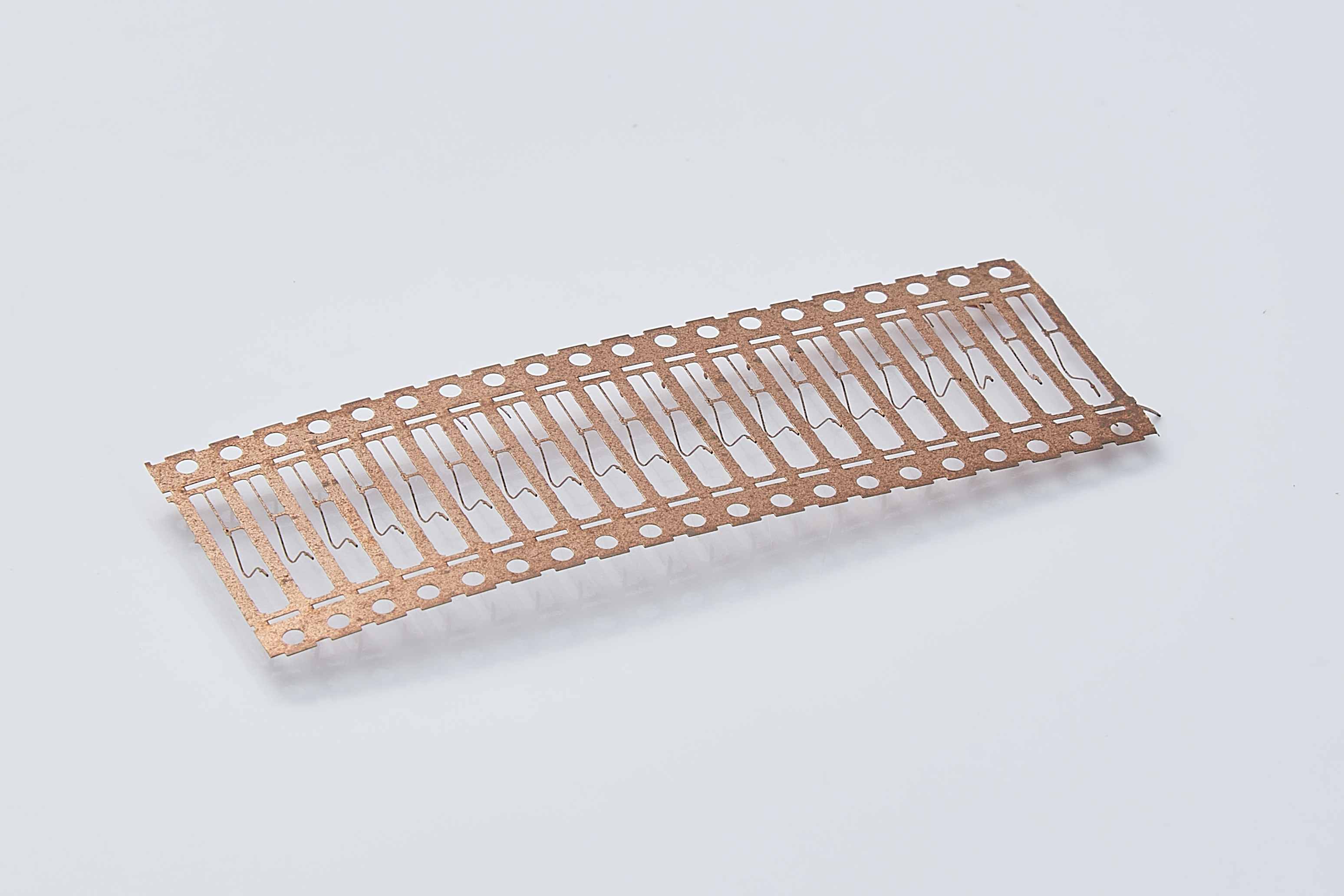Understanding Stamping Mold Process Details
Sep 25, 2024
Stamping molds play a crucial role in the manufacturing of various metal components. This article provides an overview of the process details involved in stamping mold operations, including design considerations, material selection, and key steps in the production process.
Design Considerations:The design phase is critical in stamping mold production. The mold design should consider factors such as component size, complexity, material characteristics, and anticipated production volume. Ensuring proper clearance, draft angles, and fillet radii is essential for smooth material flow and efficient stamping operations.
Material Selection:The choice of materials for stamping molds depends on factors like component geometry, expected production volume, and budget. Common materials for stamping molds include tool steels, such as D2, A2, and S7, which offer high hardness, wear resistance, and toughness. Carbide and ceramic inserts are also used for specialized applications requiring extreme precision.
Steps in Stamping Mold Production Process:a. Mold Fabrication: The production process starts with the fabrication of the stamping mold. This involves precision machining operations, such as milling, drilling, and grinding, to shape the mold components according to the design specifications.
b. Heat Treatment: After fabrication, the mold undergoes heat treatment to achieve the desired hardness and improve its mechanical properties. Heat treatment processes such as annealing, quenching, and tempering are employed to enhance the mold's durability and resistance to wear.
c. Surface Finishing: Surface finishing techniques, such as polishing and coating, are applied to the mold to reduce friction, prevent corrosion, and enhance the release of stamped components.
d. Assembly: The mold components are carefully assembled, ensuring proper alignment and tightness. Precise fitting and alignment are crucial for achieving accurate and consistent stamping results.
Stamping Process:The stamping process involves the following steps:a. Material Preparation: The sheet metal material, such as steel or aluminum, is prepared and fed into the stamping press.b. Die Set-Up: The stamping mold is installed in the press, and the appropriate die is mounted.c. Material Feeding: The sheet metal is fed into the press, and the material positioning is carefully controlled to ensure accurate stamping.d. Stamping Operation: The press applies high force to the metal sheet, causing it to deform and take the shape defined by the stamping mold. The operation may include multiple stages, such as piercing, blanking, bending, and forming, depending on the desired component geometry.e. Component Ejection: After the stamping operation, the finished component is ejected from the mold using ejector pins or other mechanisms.f. Quality Control: The stamped components undergo inspection to ensure they meet the specified dimensions and quality standards.
Stamping molds are critical tools in metal component manufacturing. Understanding the process details involved in stamping mold operations, including design considerations, material selection, and the production process steps, is essential for achieving accurate and efficient stamping results. With proper design, material selection, and precise execution of each production step, stamping molds can deliver high-quality components in various industries.
